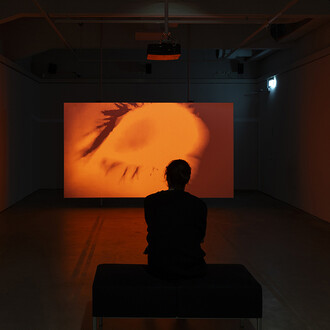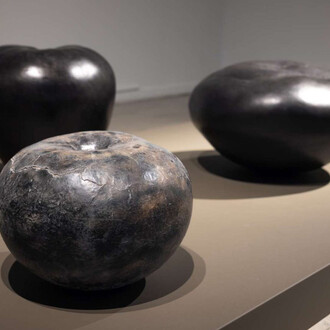The Czech artist František Kupka (1871–1957) is known as a pioneer of abstract art. This retrospective of the painter, who enjoyed a long career in Paris, will enable viewers to explore the history of Western art: the stage-wise transition from traditional portraiture towards abstract expression. Kupka’s art has been described as “modern poetry of colour”. This major international exhibition covers the artist’s entire career, from the 1890s to the 1950s.
Kupka was endlessly curious about the world, science and holistic human development. In his youth, the artist worked as a psychic in order to finance his art studies. In his powerful and almost psychedelic works, Kupka applied Newton’s theory of colour as well as music theory: you can sense rhythm and movement in the paintings.
Colourful spatial visions and living organisms recur in Kupka’s works across different decades. The multi-faceted work of the artist, whose career spanned seven decades, also features symbolist pieces, illustrations for anarchist magazines, spatial colour compositions, speed-driven futurism and “machine romanticism”. Between the 1930s and 1950s, Kupka’s paintings became more minimalist, turning into mathematically exact, spatial colour compositions.
No major retrospective exhibition of works by Kupka has previously been seen in Finland. This exhibition will feature Kupka’s most important works from, for example, Centre Pompidou, the Guggenheim in New York, and the National Gallery in Prague.
Before coming to the Ateneum, the exhibition was on display at the Grand Palais in Paris and the National Gallery in Prague. The exhibition is produced in cooperation with La Réunion des Musées Nationaux (RMN) / Grand Palais and the National Gallery in Prague.
The light artist Tarja Ervasti’s interactive light installation Colour Music with Fractures is also on display.
















